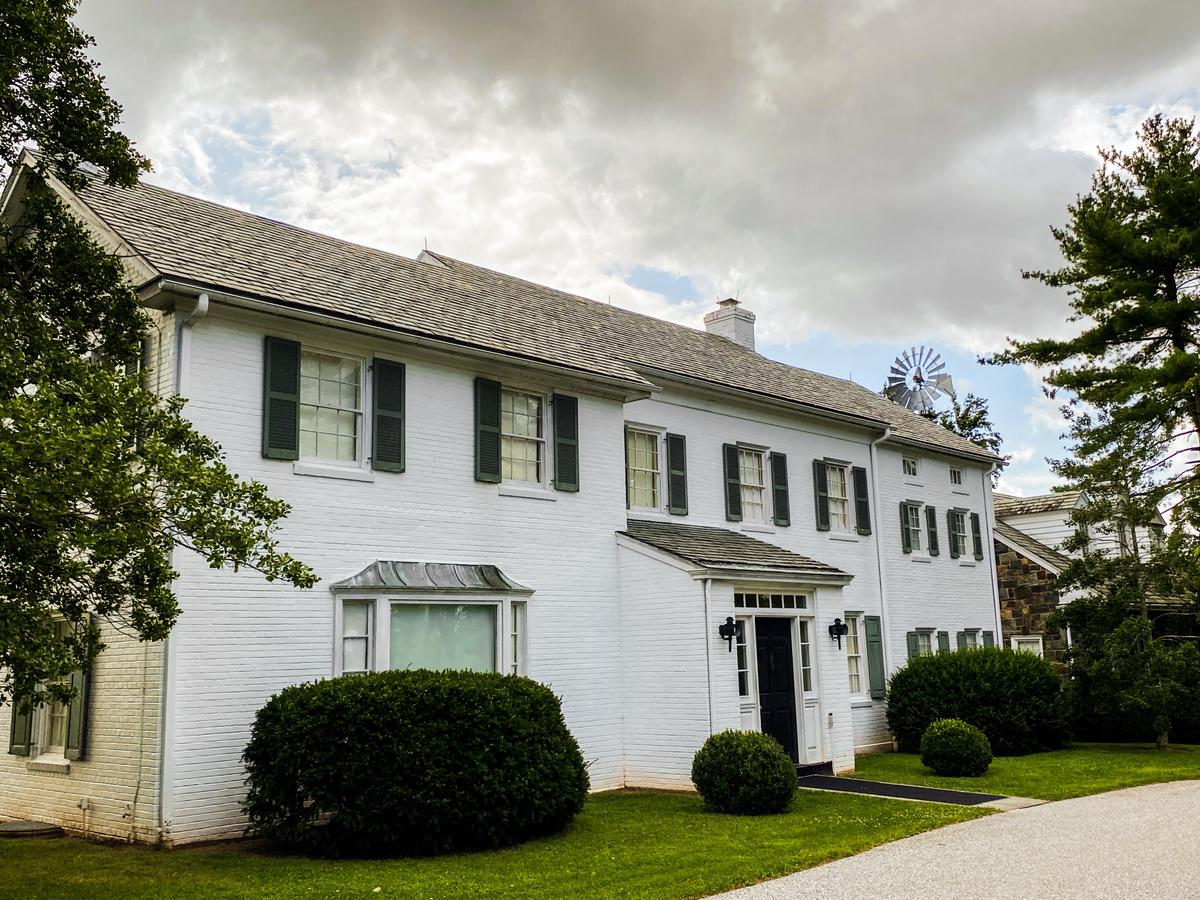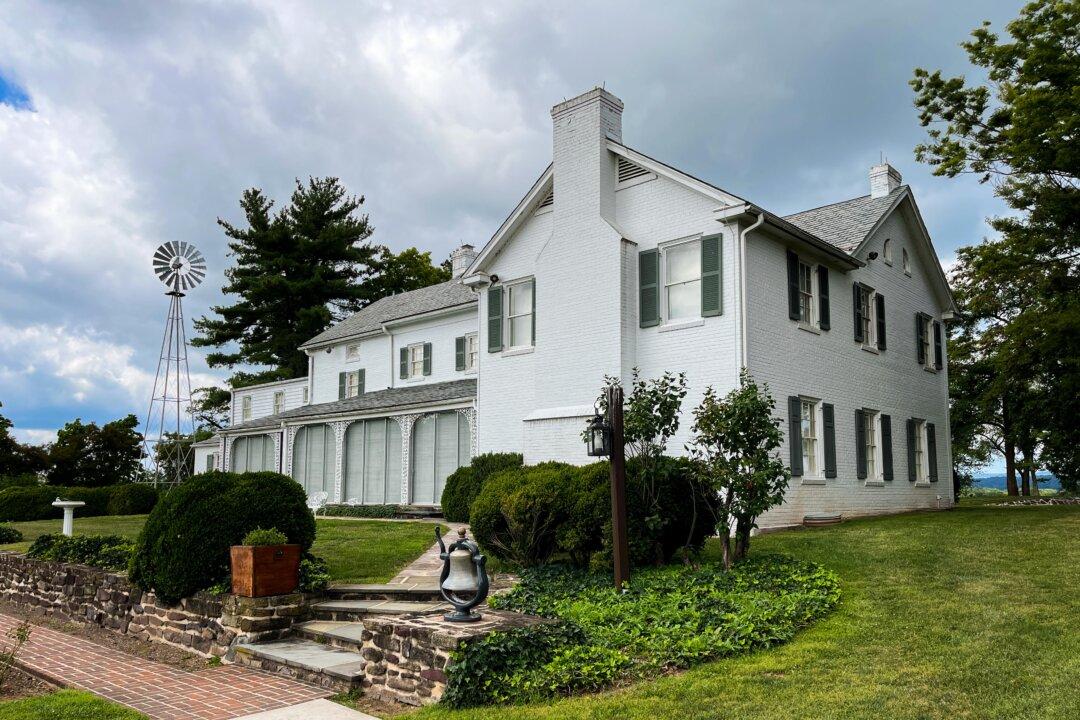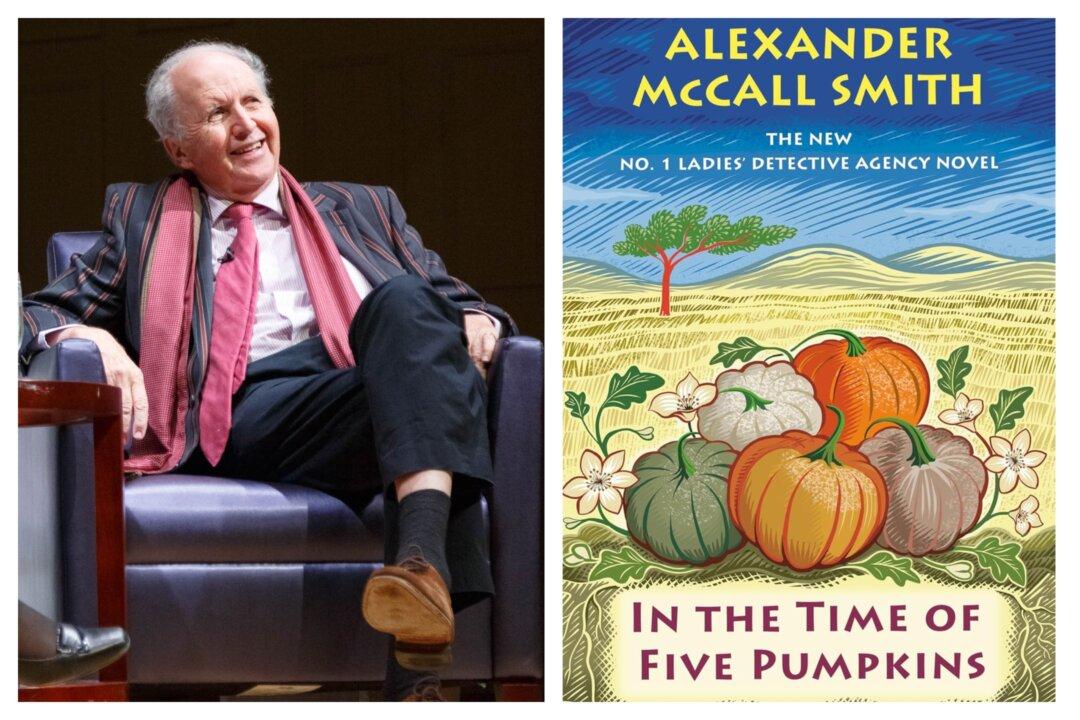Although Gettysburg, Pennsylvania, will always go down in U.S. history as the site of one the bloodiest battlefields during the Civil War and where President Abraham Lincoln delivered his famous address, it’s also a place where another U.S. president sought refuge and retreat from the bureaucracy and political climate of the nation’s capital.

In 1950, the Eisenhowers decided to settle in Gettysburg, a town with a lot of history and where they had fond memories from their early marriage years. Lynn Topel





